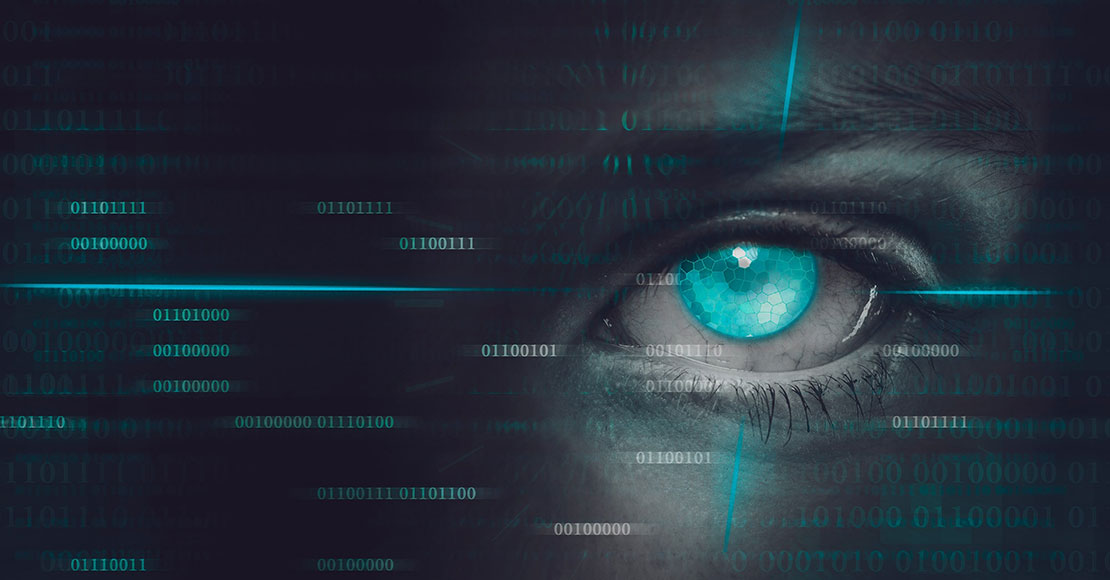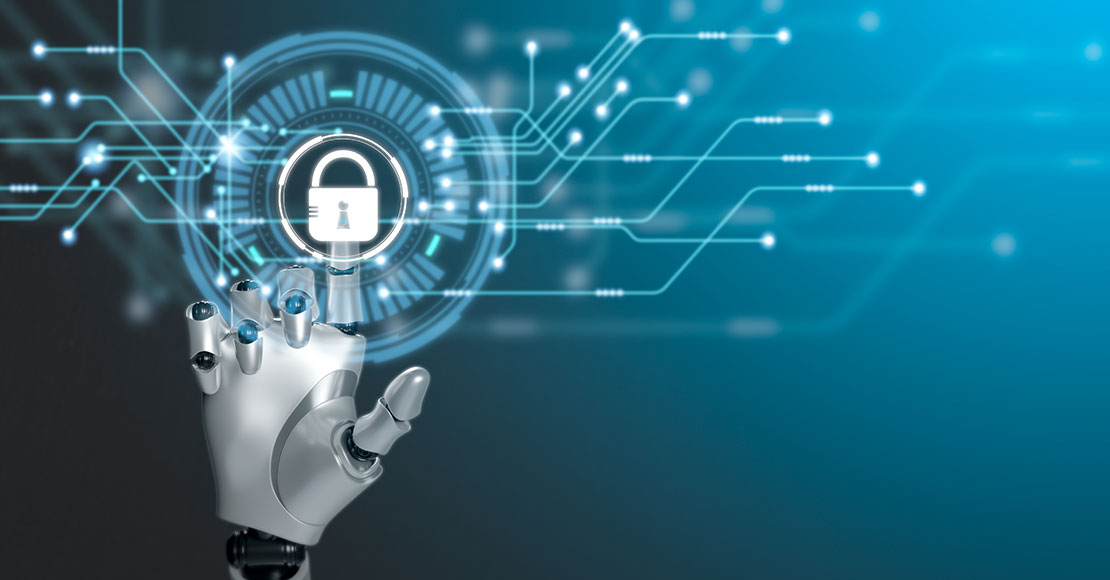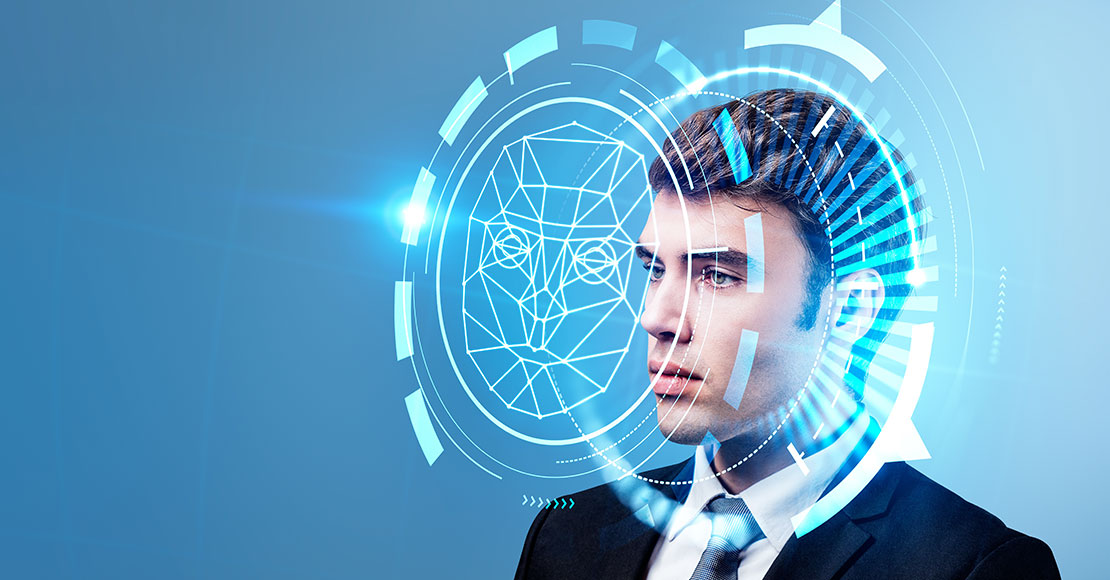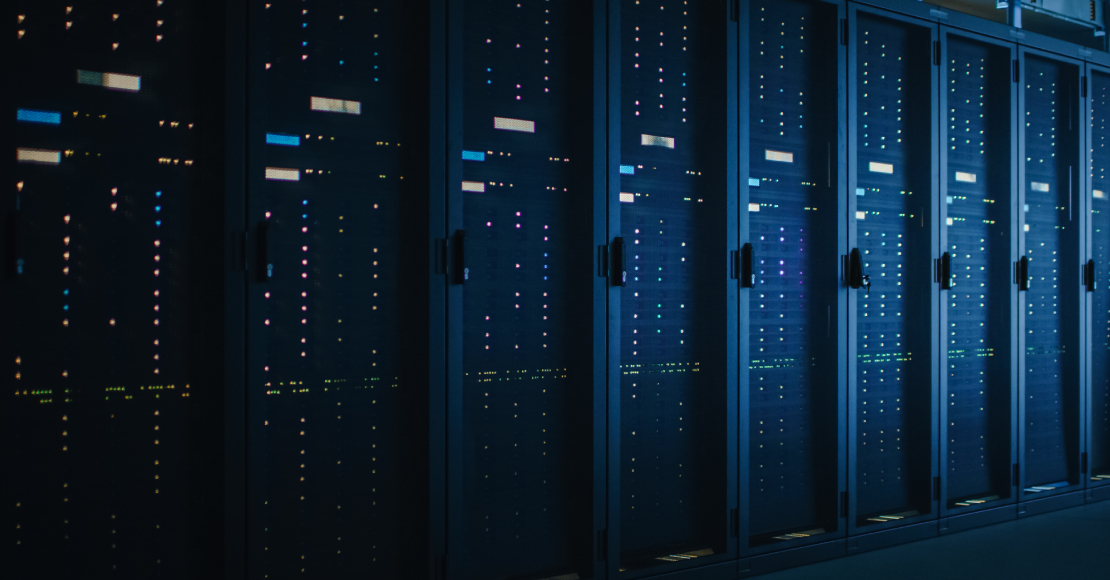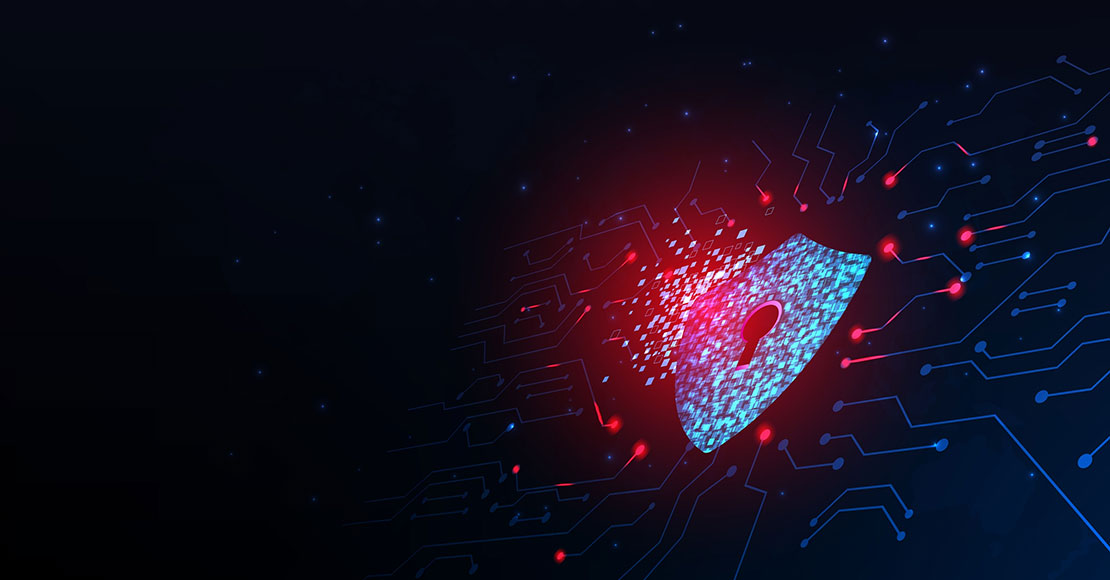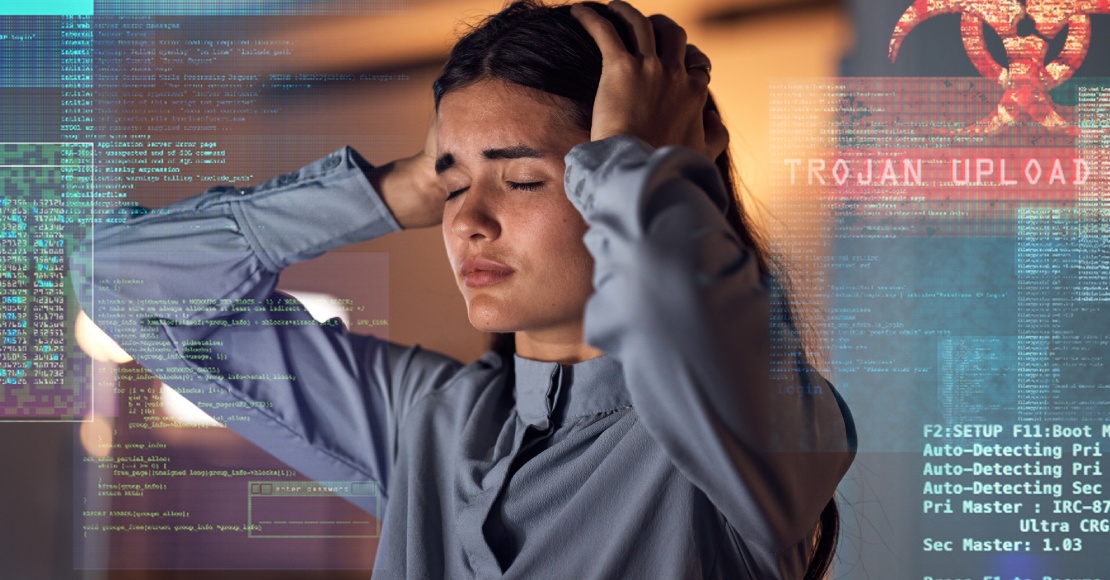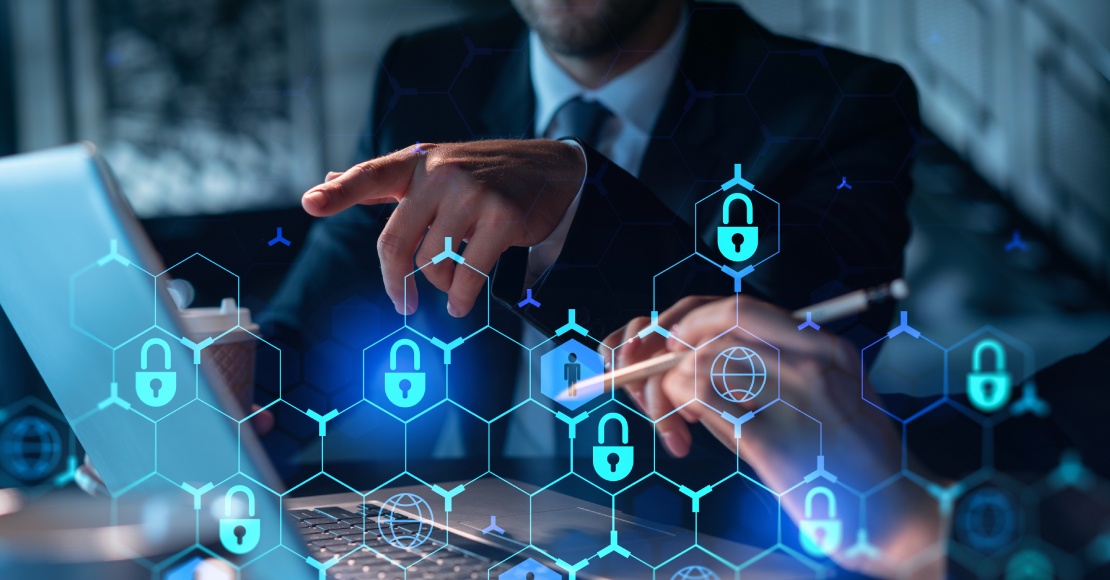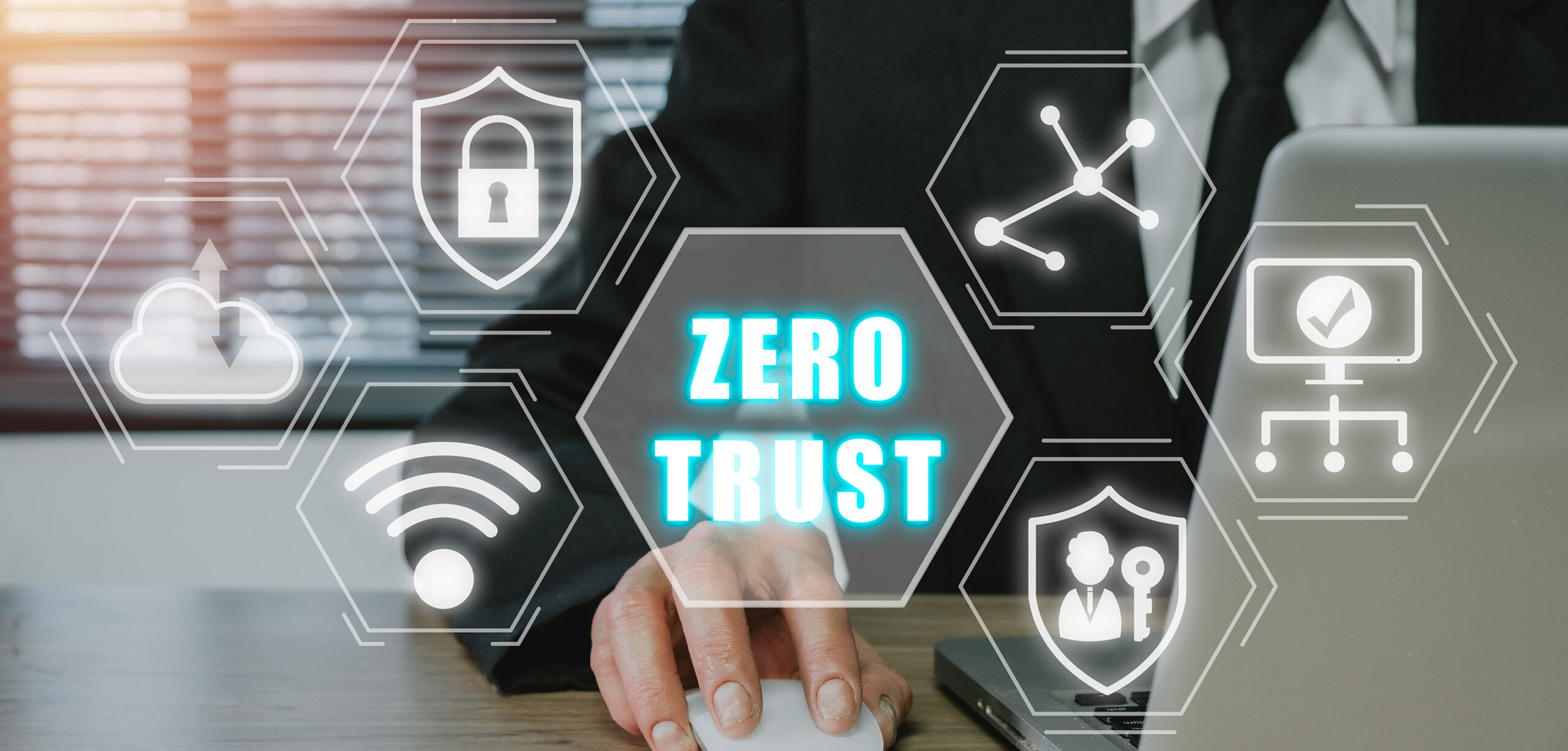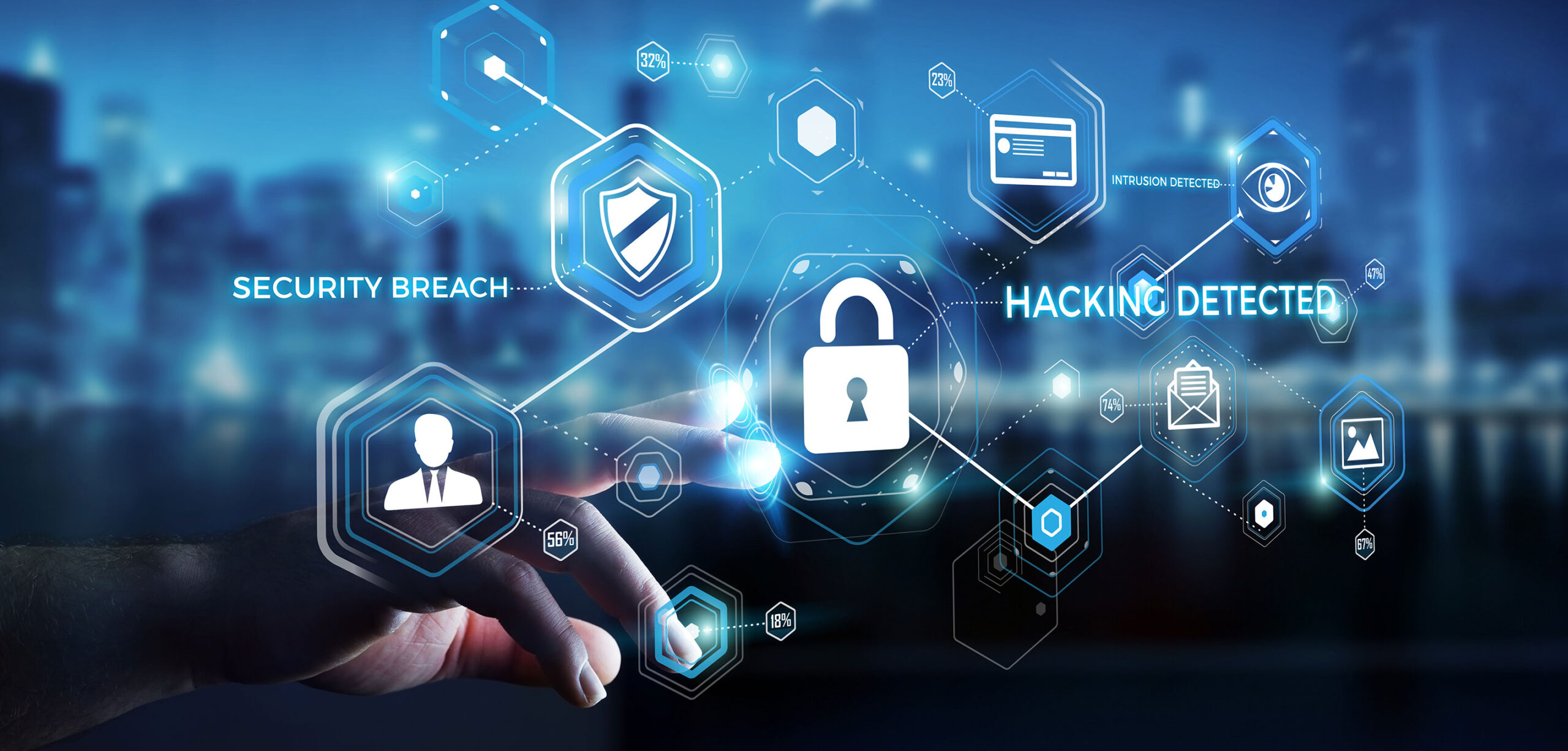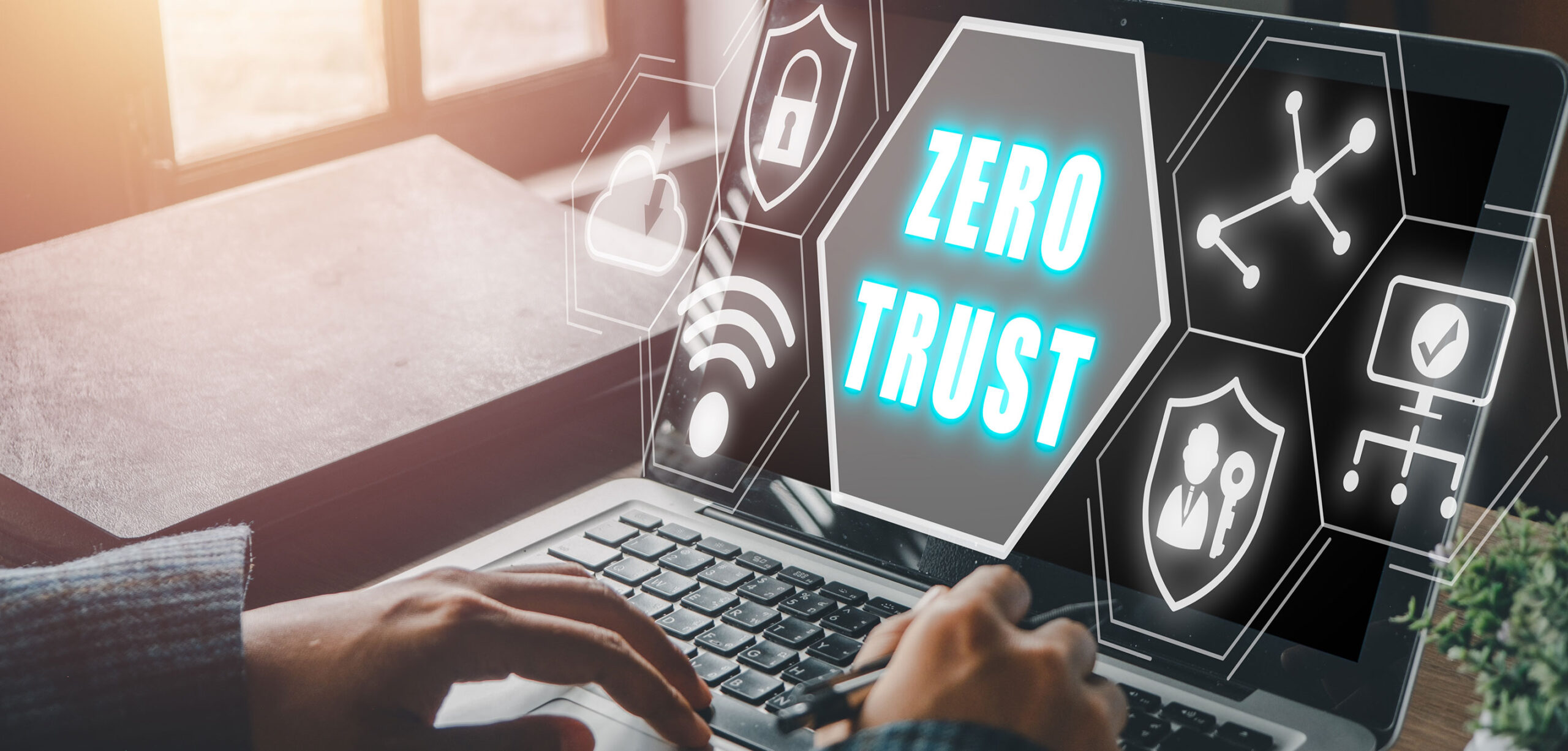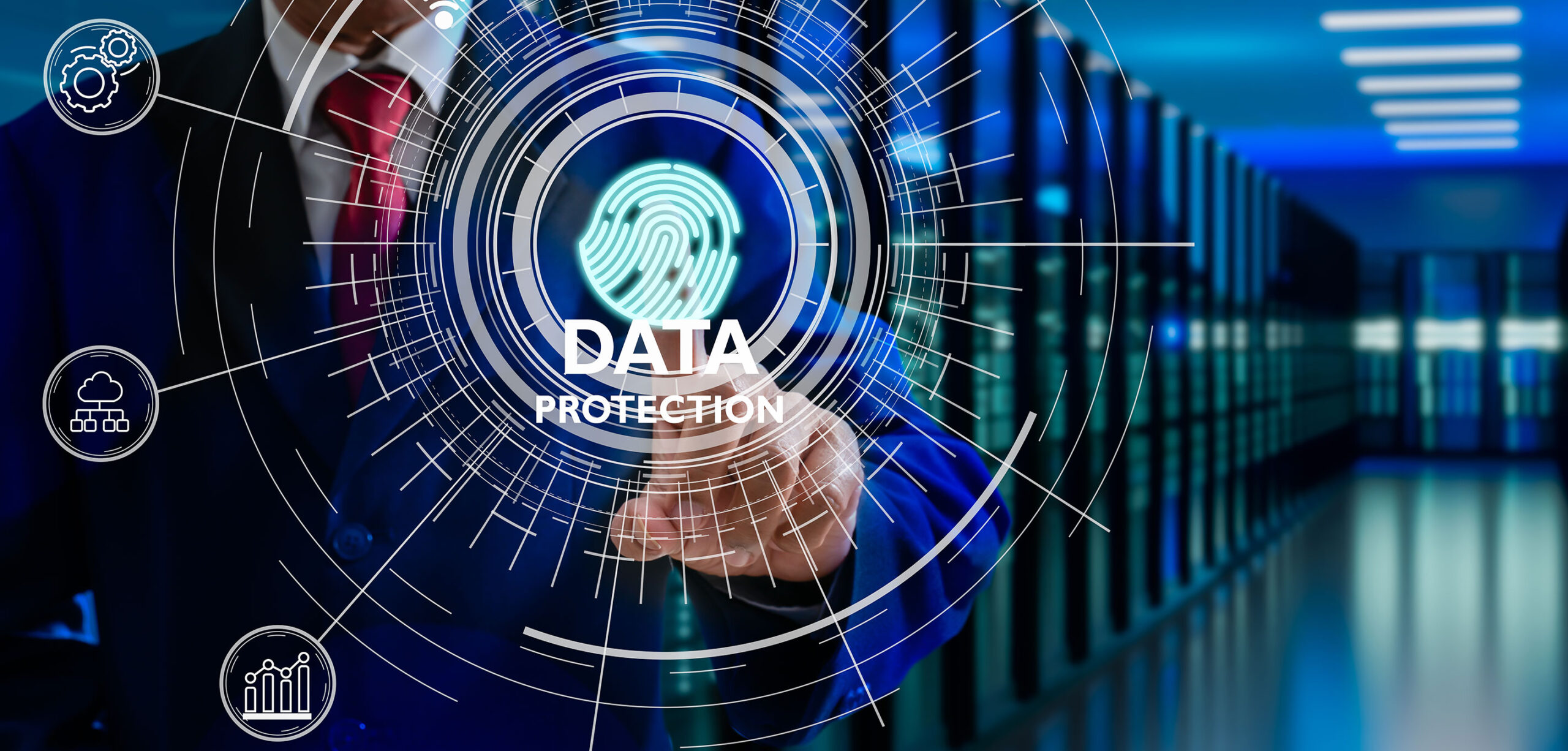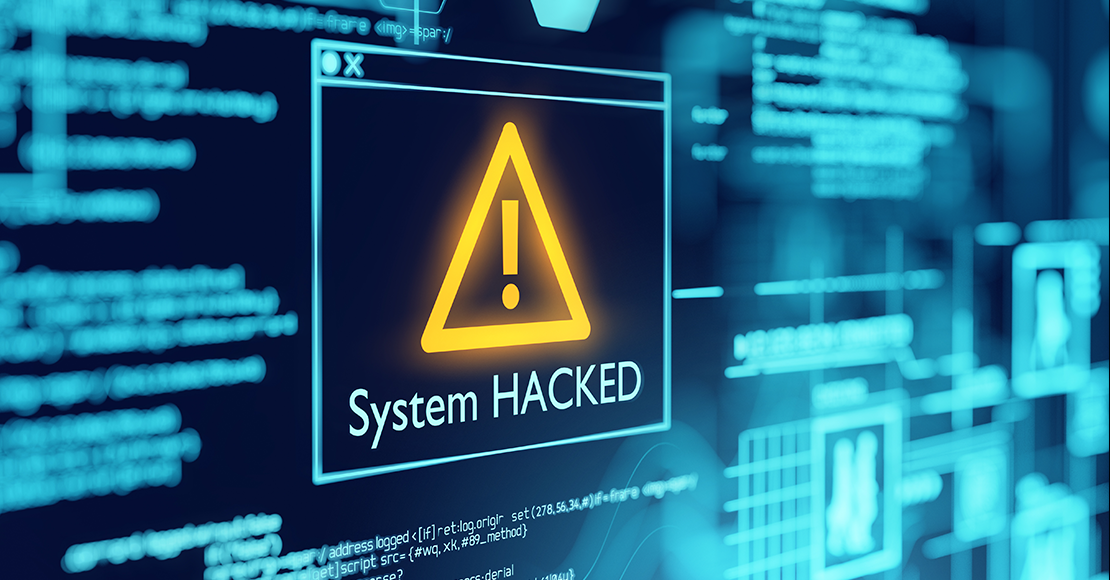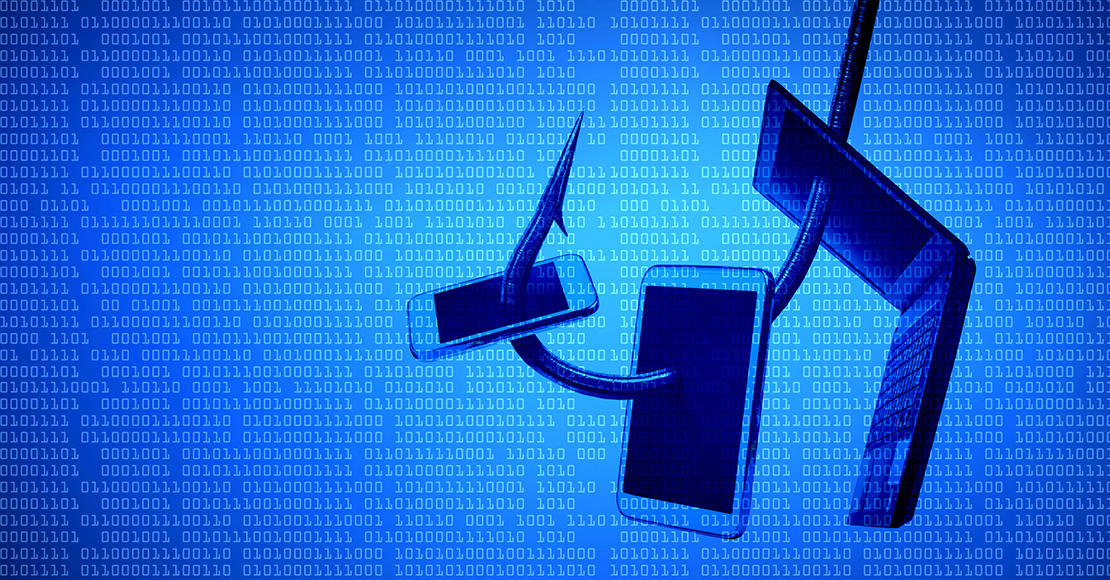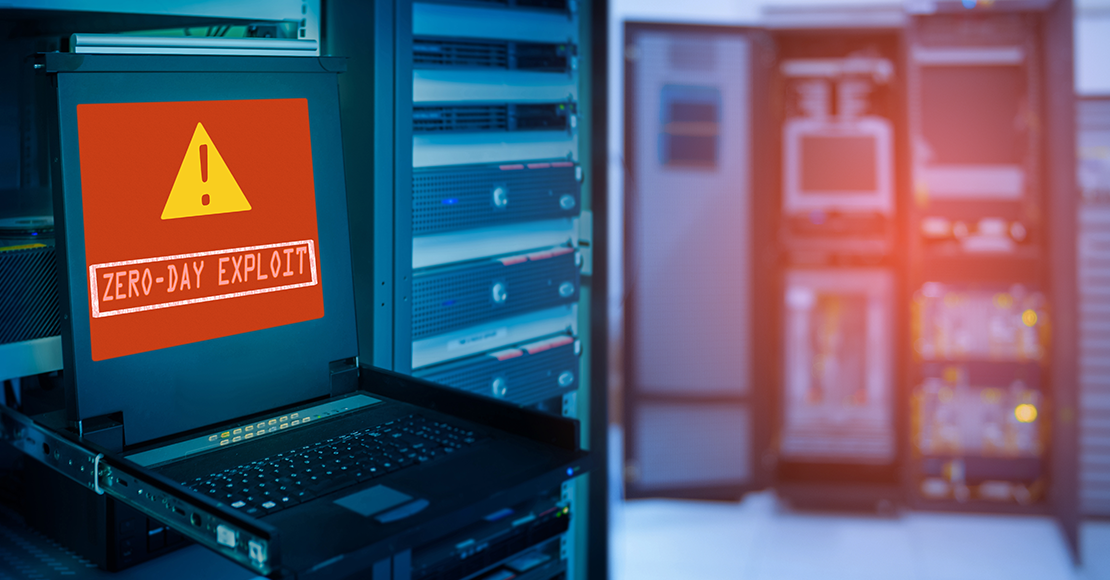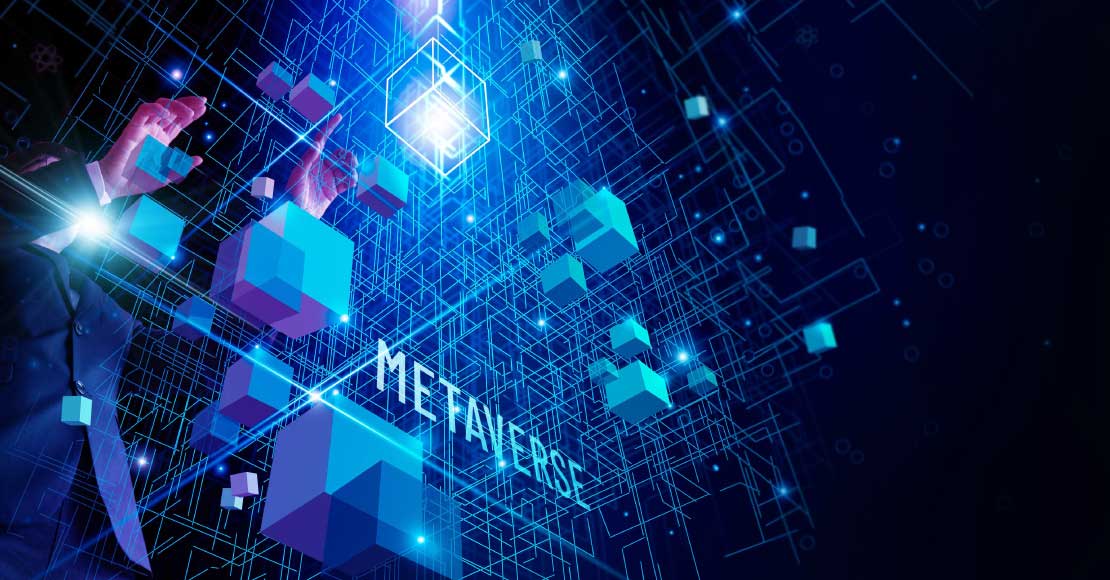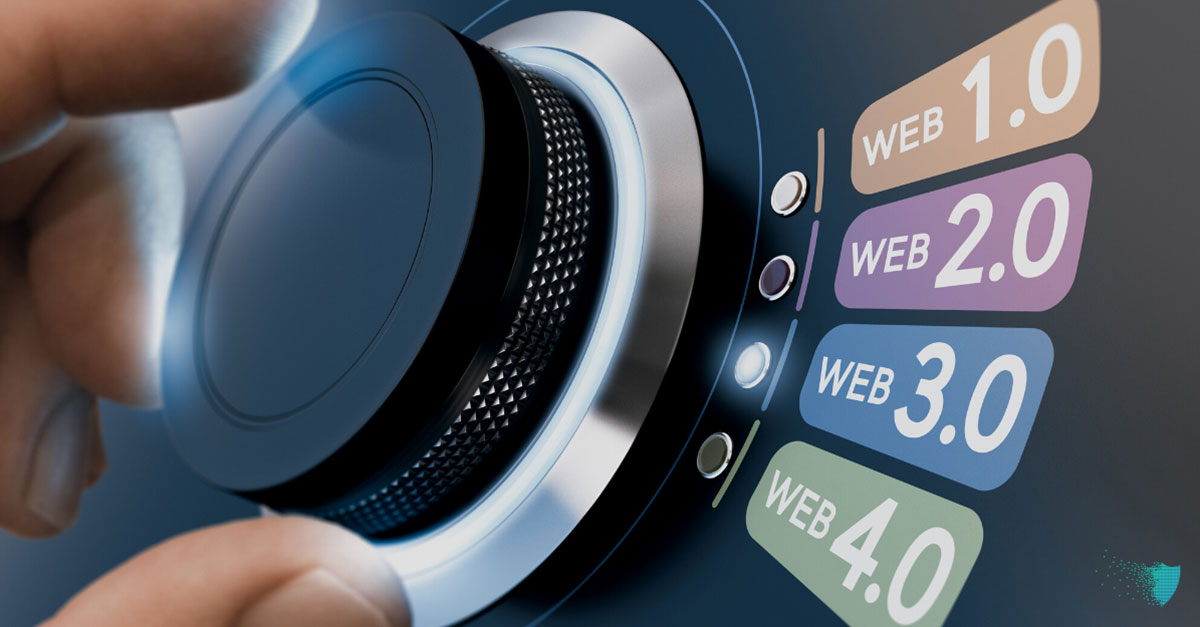The Dynamic Duo: How SOCs and SIEMs Collaborate to Safeguard Cyber Security
In today’s digital landscape, cyber security is crucial to protect sensitive data, prevent financial losses, maintain your privacy, and safeguard yourself against cyber threats and attacks. The methods used by hackers and cyber criminals, however, are constantly evolving, and it can be hard keeping up with them. This is why businesses are increasingly turning to Security Operations Centres (SOCs) and Security Information and Event Management (SIEM) systems, which, when used simultaneously, are a powerful way to detect cyber threats in real time, respond to attacks, and significantly enhance your cyber security posture.
One of the most effective ways of monitoring your network for possible threats is by using a SOC. In fact, 40% of IT professionals classed their SOC as very important to their organisation’s overall cyber security strategy. In a previous blog, we outlined the biggest benefits of investing in a SOC for your business. In simple terms, SOCs are responsible for monitoring and analysing security events, detecting and responding to cyber threats, conducting incident investigations, implementing security measures, performing vulnerability assessments, managing security incidents, and ensuring the overall security of an organisation’s systems – and its data. Within SOCs, SOC analysts play a crucial role. Their knowledge of the latest attack techniques and tools, as well as potential vulnerabilities, help them detect threats that automated systems may miss. They use this knowledge to make informed decisions and neutralise threats before they can cause damage, making them essential in any organisation’s cyber defence strategy.
Security Information and Event Management (SIEM) systems are one of the most powerful tools when it comes to cyber security, helping organisations to aggregate and analyse security event data. More and more organisations are using SIEMs – according to the 2022 SIEM Report from Cybersecurity Insiders, 90% of those surveyed said they either used SIEM or were planning to. They provide a centralised platform, collecting logs from various sources including firewalls, intrusion detection systems, and servers, giving security professionals comprehensive visibility. The core capabilities of SIEMs include log management, event correlation, and real-time monitoring, giving security teams the ability to identify patterns, detect anomalies, and respond swiftly to potential threats. These systems enhance threat detection by correlating events across different sources and generating actionable alerts. They also aid in incident response, providing contextual information and facilitating forensic investigations. SIEMs can help organisations manage compliance, and aid in regulatory adherence. Some of the most popular SIEM solutions on the market today include Splunk, AT&T Cybersecurity, and Elastic SIEM.
Using SOCs and SIEMs together is pivotal for any organisation looking for a robust cyber security system. SIEMs can act as a centralised data source for SOCs, giving SOC analysts all the logs and event data they’d need for threat detection and incident response. SOCs, meanwhile, can leverage the technical capabilities of SIEMs to help them tackle cyber threats, using analytics and real-time monitoring. SOC analysts can use SIEM tools to hunt for potential threats, investigate incidents, and respond quickly and efficiently. Integrating SIEM data with SOC workflows helps streamline your business, giving you the ability to improve your threat visibility, detect incidents far more quickly, and enhance your cyber security framework.
Despite the benefits of using both SOCs and SIEM technologies, there can be challenges – the biggest of which are allocating resources and training staff. Only the largest organisations, for example, are able to afford fully-staffed SOC and a robust SIEM. While many organisations would have a SIEM in place before setting up a SOC, the SOC analysts may have difficulty keeping up with the number of cyber threat alerts generated by the SIEM – and some may even be false alerts. On the other hand, SIEM solutions may miss some threats. While they can automatically detect attacks, these abilities are based on rules and existing patterns, so they could fail to detect new threats or ones that don’t match the predefined rules.
SOC analysts might also have difficulty managing the number of alerts generated by the SIEM. Some may be false alerts, making it even more difficult for the SOC team to respond to cyber security incidents effectively. In Sumo Logic’s 2020 State of SecOps and Automation Report, they reported 56% of large companies received more than 1,000 security alerts each day, with 93% of them unable to address every alert. The best way for organisations to overcome these challenges is by aligning processes and establishing clear communication channels, as well as regularly evaluating their SOC-SIEM integration to optimise its benefits.
Costs shouldn’t stand in the way of organisations making use of SOCs and SIEMs, too, as businesses like ourselves at Infosec K2K offer Managed SOC services. By outsourcing your SOC needs, you can be sure of 24/7 protection – our team of experts based in the UK and India can monitor your network and respond to any threats around the clock, with our Fully Managed SOC. With our Hybrid or Co-Managed SOC services, on the other hand, we can work closely with your existing IT team and infrastructure to offer 24/7 support. Whatever your needs are, we can find the right SOC for you – and if the above solutions don’t meet your needs, we’ll work with you to create a Customised SOC to suit your budget and business. We also provide services powered by our cyber security partners, such as AT&T Cybersecurity. Their SIEM solution, USM Anywhere, centralises the monitoring of networks and devices whether they’re in the cloud, on premises, or in remote locations. USM Anywhere automatically collects data and analyses your network, with automated threat detection powered by AT&T Alien Labs. This gives businesses new security capabilities, and is more cost-effective than other solutions, with comprehensive features including user activity monitoring, vulnerability scanning, and log storage.
Integrating SOCs and SIEMs is vital for businesses who are looking to safeguard their cyber security. While both are valuable tools, they have drawbacks, but these can be prevented if they’re both used together. By adopting a more integrated approach, organisations can effectively detect and respond to evolving cyber threats.
Whatever solution you’re looking for, we can help. The experts at Infosec K2K can offer you specialist guidance, and help you find the product that’s the best fit for you.
Get in touch with us to find out more about how we can help you.

